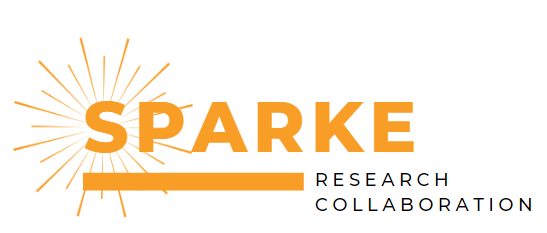
Background
Given its rapid emergence, and association with tobacco use and other harms, e-cigarette use in youth has been described as an epidemic by the American Medical Association that threatens to create a new generation of nicotine addicted teens and erode decades of progress in tobacco control. E-cigarettes are heavily marketed to adolescents, including appealing device types and flavours. Use has increased markedly in all countries where nationally representative data is available; they are now the most heavily used nicotine-containing product amongst adolescents internationally. In Australia, in 2020-21, 7.6% of 12-17 year olds had ever used e-cigarettes and in NSW use is estimated to have doubled from 2020-21. Reviews, including those we have conducted for World Health Organization (WHO) and the Australian Government, find no health benefits for e-cigarette use in non-smokers and a range of harms, particularly in adolescents, including: >2-fold risk of subsequent tobacco use; addiction; nicotine toxicity; acute respiratory injuries; asthma and changes in brain synapse development. Addressing adolescent e-cigarette use is an international (e.g. WHO, Forum of International Respiratory Societies), national (e.g. National Preventive Health Strategy) and state priority.


